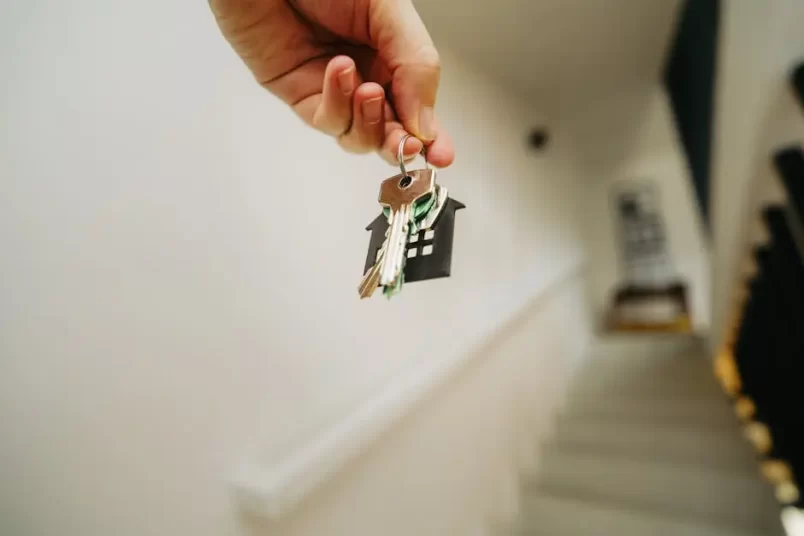8 Crucial Tips for First-Time Home Buyers Considering Mortgage Refinance in Raleigh Navigating the…
Decoding Mortgage Rates: Understanding the Fine Print

Decoding Mortgage Rates: Understanding the Fine Print
Ever come across an advertisement boasting unbelievably low mortgage rates, only to find out they’re not quite within your reach when it’s time to seal the deal? If you’ve experienced this frustration, you’re not alone. Understanding why that tantalizing rate seems elusive is crucial for any prospective homebuyer. So, let’s dive into the intricacies of mortgage rates and unveil the fine print.
That eye-catching rate you spotted. It often comes with a catch, typically denoted by a tiny asterisk lurking somewhere in the advertisement. To qualify for such rock-bottom rates, you need more than just a pulse and a signature. Typically, lenders reserve their lowest rates for borrowers with stellar credit scores and substantial down payments.
So, what does it take to snag those golden rates? Picture a credit score of 750 or above and a down payment hefty enough to make your bank account wince—think around 40% of the home’s value. For most of us, meeting these gold-star standards is no easy feat. But fear not, if your credit score isn’t quite in the stratosphere and your down payment isn’t hefty enough to make your wallet cry, there’s still hope.
Your credit score and down payment don’t solely determine your mortgage rate. It’s a reflection of your unique borrowing situation, encompassing various factors beyond the basic numbers. Are you eyeing a cozy condo or dreaming of a spacious single-family home? The type of property you’re interested in can influence your rate. Similarly, your employment history, debt-to-income ratio, and even the current economic climate can all play a role in shaping your mortgage rate.
But wait, there’s more to consider. Enter Fannie Mae’s Loan Level Pricing Adjustments (LLPA). These adjustments are additional costs or credits applied to your mortgage rate based on specific risk factors associated with your loan application. Factors such as your credit score, loan-to-value ratio, and property type can trigger these adjustments, potentially leading to a higher or lower interest rate.
For example, if your credit score is below a certain threshold or your down payment is less than 20%, you may incur LLPA charges, resulting in a higher interest rate. On the flip side, if you have an excellent credit score and a substantial down payment, you may qualify for credits that lower your interest rate.
Understanding LLPA and how it impacts your mortgage rate is crucial when evaluating loan offers. While you may not have control over certain risk factors, such as your credit score, being aware of how they influence your rate empowers you to make informed decisions and potentially mitigate additional costs.
Remember, the devil is in the details—or, in this case, the fine print. Before you commit to a mortgage offer, it’s crucial to understand the terms and conditions thoroughly. What might seem like a fantastic rate at first glance could come with strings attached, such as adjustable interest rates, prepayment penalties, or hidden fees. Taking the time to review the fine print can save you from unpleasant surprises down the road.
Now, you might ask, “How do I ensure I’m getting the best deal tailored just for me?” The key lies in shopping around and comparing offers from multiple lenders. Each lender has their criteria for determining mortgage rates, so don’t be afraid to cast a wide net in your search. Additionally, consider working with a mortgage broker who can help navigate the complexities of the lending landscape and negotiate on your behalf.
It’s also essential to take the first steps to improve your credit score and strengthen your financial profile before applying for a mortgage. Paying down existing debts, correcting any errors on your credit report, and avoiding new credit inquiries can all help boost your creditworthiness and potentially qualify you for better rates.
Lastly, don’t overlook the importance of communication with your lender. If you have concerns about your eligibility or the terms of your offer, don’t hesitate to ask questions and seek clarification. A transparent and open dialogue with your lender can help ensure you fully understand the terms of your mortgage and feel confident in your decision.
In conclusion, while those ultra-low mortgage rates might seem enticing, they’re often reserved for borrowers with near-perfect credit and substantial down payments. But don’t despair if you don’t meet these criteria—your mortgage rate is just one piece of the puzzle, and there are actions you can take to improve your chances of securing a favorable rate. By working with Certified Home Loans you will understand the fine print, compare offers, and take proactive steps to strengthen your financial profile, you can embark on your homebuying journey with confidence, knowing you’ve found the best deal tailored just for you.




